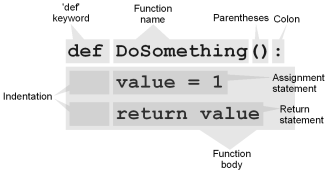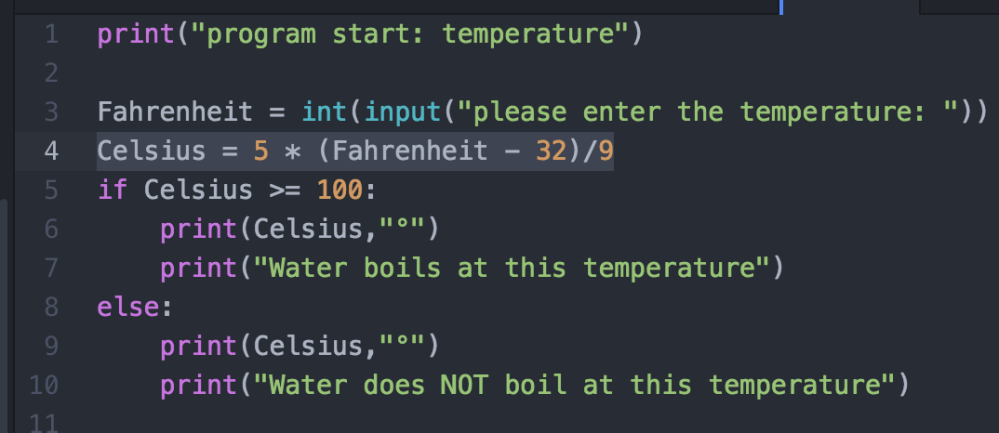--Originally published at S' Nami Bog. Servitas Vitae
Ken told us throughout the semester that we should do the WSQ to gain experience since those exercises are of a higher difficult level.
The instructions as always were posted on Ken’s main website, here are the instructions:
Write a program that will prompt the user for a temperature in Fahrenheit and then convert it to Celsius. You may recall that the formula is C = 5 ∗ (F − 32)/9. Modify the program to state whether or not water would boil at the temperature given.
The instructions are pretty straight forward; write a program that will change the temperature by applying the formula that I learned since middle school back in 2012 (long time ago).
Here si the written code and Terminal running the code:

My good friend Eugene and mainly Rafael helped me out with this WSQ.
I saw Rafael’s blog and saw this video which helped me a lot ” https://www.youtube.com/watch?v=fEeuBLVIlTw ” I’m a person that needs visual stuff to learn instead of reading.
This WSQ was very entertaining since the United States of America are the only ones using this units, some memes out there call Fahrenheit Retard Units. I’m happy that physics in middle school was actually helpful and I never thought I was going to need this for a programming class.
Rivers, 2017














